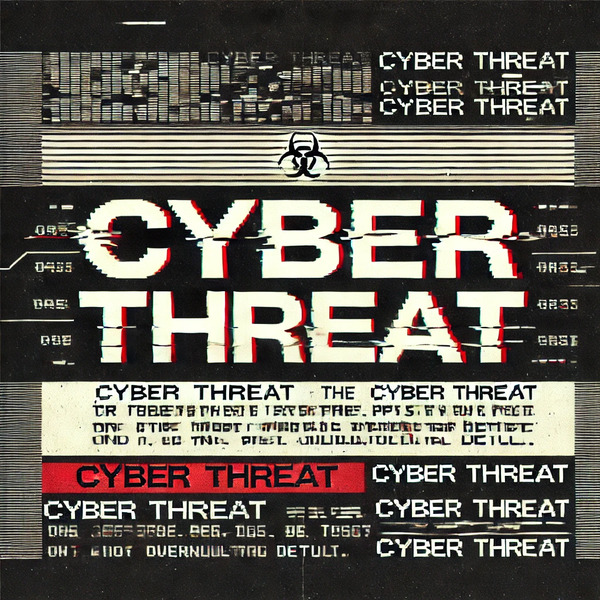The Evolving Threat of Slopsquatting in Cybersecurity
In the dynamic realm of cybersecurity, the emergence of various threats continually challenges businesses and individuals alike. A particularly concerning technique that has surfaced recently is slopsquatting, a method employed by cybercriminals to exploit common human errors related to domain names. Given its potential implications, understanding slopsquatting is essential for anyone navigating the online landscape.
Understanding Slopsquatting
Slopsquatting is an evolution of the more familiar practice known as typosquatting, where malicious actors register domain names that are typographical variants of well-known websites or brands. Unlike traditional typosquatting, slopsquatting specifically targets overlooked details associated with URLs, such as incorrect formatting, missing punctuation, or minor spelling errors.
For example, many users may mistakenly type "gooogle.com" instead of the correct "google.com" due to simple typographical errors. Slopsquatters capitalize on these mistakes by securing close variations of legitimate domain names, luring unsuspecting users into visiting their malicious sites.
Mechanisms of Slopsquatting
Slopsquatters typically analyze common typing errors and patterns made by internet users before registering similar domains. These manipulative domains might look deceptively similar to original websites, tricking users into believing they are heading to a legitimate site. The tactics employed by slopsquatters include:
-
Phishing: Many slopsquatted sites host counterfeit login pages that mimic popular platforms. For instance, a domain like "faceboook.com" could feature a fake login interface designed to harvest users’ credentials, allowing attackers to gain unauthorized access to personal accounts.
-
Malware Distribution: Some slopsquatted websites may redirect visitors to sites that automatically download malware or malicious viruses, often without the users’ knowledge.
-
Ad Fraud: Cybercriminals utilize slopsquatted sites to display misleading advertisements, siphoning revenue from unsuspecting users who interact with these fraudulent ads.
- Brand Reputation Damage: Even if a slopsquatted domain is not overtly malicious, its existence can tarnish the credibility of the legitimate brand. Users may mistakenly associate an incorrect domain with a well-known company, leading to confusion and potential distrust.
The Increasing Significance of Slopsquatting
Though slopsquatting is not a brand-new threat, its prevalence is growing due to several key factors:
-
Increased Internet Usage: With millions of new users joining the online community daily, many still lack familiarity with fundamental internet navigation, making them susceptible to simple errors in URL entry.
-
Brand Protection Awareness: Major corporations are increasingly recognizing the risks associated with slopsquatting. As a result, many are implementing protective measures, such as monitoring domain registrations to deter cybercriminals from leveraging their brand names.
-
Proliferation of Autonomous Systems: The rise of automated bots and AI-driven tools has introduced opportunities for slopsquatters to exploit similar errors that humans make, further increasing the risk.
- Impact of COVID-19 and Remote Work: The global pandemic has accelerated the shift toward digital platforms and remote work setup. This transition has raised the stakes, providing cybercriminals with more targets to exploit using slopsquatted websites disguised as trusted services.
Strategies for Protection Against Slopsquatting
For individuals and organizations aiming to safeguard themselves against slopsquatting, several proactive strategies are at their disposal:
-
User Education: Teaching users about proper URL entry methods and how to spot phishing attempts can significantly decrease the likelihood of falling prey to slopsquatting incidents.
-
Domain Monitoring: Regular monitoring of domain names that are similar to their own can help companies ensure that potential variants or typographical errors are not exploited. Many domain registrars offer tools that assist in tracking these similar domains.
-
Enhanced Browser Security: Utilizing web browsers equipped with built-in phishing and malware protections can help flag suspicious sites before users unwittingly engage with them.
- Brand Protection Services: Numerous specialized services exist to monitor the web for domains that may pose a threat to a brand, including those related to typosquatting or slopsquatting. These services can take swift action to mitigate risks.
Conclusion: Assessing the Threat of Slopsquatting
While slopsquatting may not yet be as widely recognized as other cyber threats, its ability to inflict harm should not be underestimated. With an ever-growing number of internet users, the rise in autonomous systems, and the increasing sophistication of cybercriminals, slopsquatting presents a severe challenge that cannot be ignored. By staying informed and employing proactive security measures, both individuals and businesses can significantly reduce their vulnerability to this emerging threat, ensuring a safer online environment for all.


